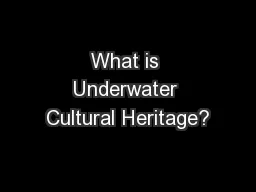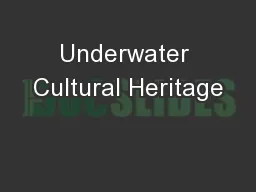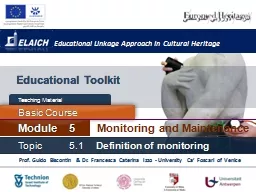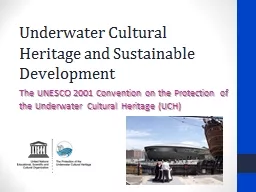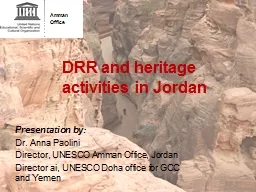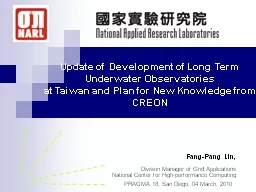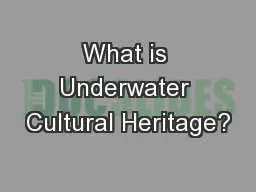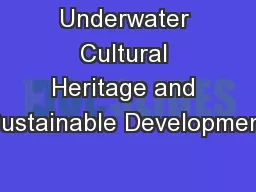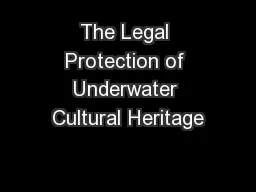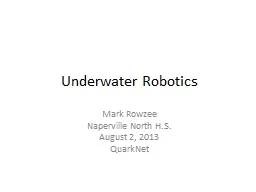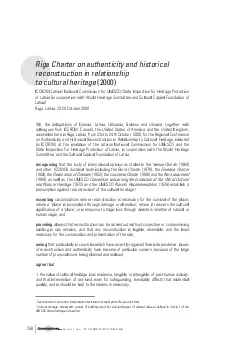PPT-What is Underwater Cultural Heritage?
Author : stefany-barnette | Published Date : 2016-05-04
The UNESCO 2001 Convention on the Protection of the Underwater Cultural Heritage UCH Underwater cultural heritage encompasses 3 Million ancient shipwrecks
Presentation Embed Code
Download Presentation
Download Presentation The PPT/PDF document "What is Underwater Cultural Heritage?" is the property of its rightful owner. Permission is granted to download and print the materials on this website for personal, non-commercial use only, and to display it on your personal computer provided you do not modify the materials and that you retain all copyright notices contained in the materials. By downloading content from our website, you accept the terms of this agreement.
What is Underwater Cultural Heritage?: Transcript
Download Rules Of Document
"What is Underwater Cultural Heritage?"The content belongs to its owner. You may download and print it for personal use, without modification, and keep all copyright notices. By downloading, you agree to these terms.
Related Documents

